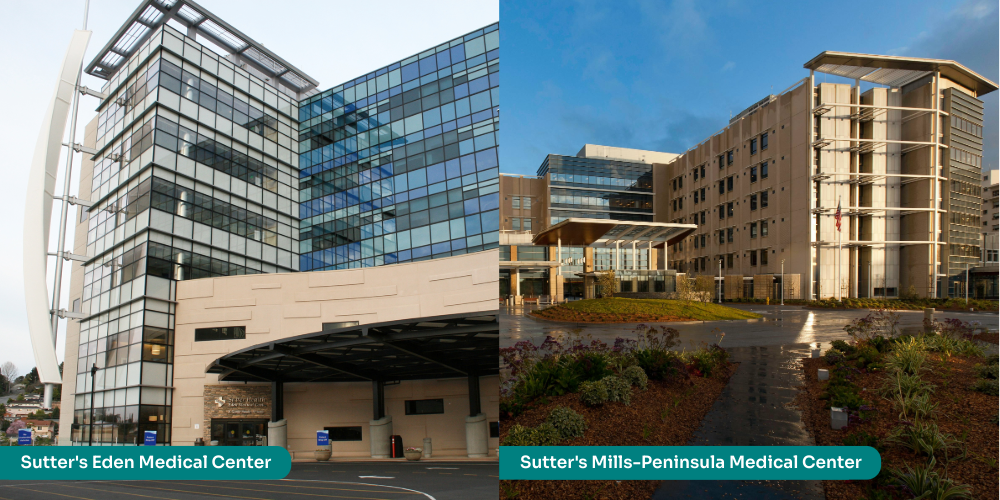Chung S, Martinez MC, Frosch DL, Jones VG, Chan AS.
Journal of Medical Internet Research. 2020;22(6):e16451,
ABSTRACT:
Background: Cancellations and rescheduling of doctor’s appointments are common. An automated rescheduling system has the potential to facilitate the rescheduling process so that newly opened slots are promptly filled by patients who need and can take the slot. Building on an existing online patient portal, a large health care system adopted an automated rescheduling system, Fast Pass, that sends out an earlier appointment offer to patients via email or SMS text messaging and allows patients to reschedule their appointment through the online portal.
Objective: We examined the uptake of Fast Pass at its early stage of implementation. We assessed program features and patient and visit characteristics associated with higher levels of Fast Pass utilization and the association between Fast Pass use and no-show and cancellation rates.
Methods: This study was a retrospective analysis of Fast Pass offers sent between July and December 2018. Multivariable logistic regression was used to assess the independent contribution of program, patient, and visit characteristics on the likelihood of accepting an offer. We then assessed the appointment outcome (completion, cancellation, or no-show) of Fast Pass offered appointments compared to appointments with the same patient and visit characteristics, but without an offer.
Results: Of 177,311 Fast Pass offers sent, 14,717 (8.3%) were accepted. Overall, there was a 1.3 percentage point (38%) reduction in no-show rates among Fast Pass accepted appointments compared to other appointments with matching characteristics (P<.001). The offers were more likely to be accepted if they were sent in the evening (versus early morning), the first (versus repeated) offer for the same appointment, for a slot 1-31 days ahead (versus same-day), for later in a day (versus before 10am), for a primary care (versus specialty) visit, sent via SMS text messaging (versus email only), for an appointment made through the online patient portal (versus via phone call or in-person), or for younger adults aged 18-49 years (versus those aged 65 years or older; all at P<.001). Factors negatively associated with offer acceptance were a higher number of comorbidities (P=.02) and visits scheduled for chronic conditions (versus acute conditions only; P=.002).
Conclusions: An automated rescheduling system can improve patients’ access by reducing wait times for an appointment, with an added benefit of reducing no-shows by serving as a reminder of an upcoming appointment. Future modifications, such as increasing the adoption of SMS text messaging offers and targeting older adults or patients with complex conditions, may make the system more patient-centered and help promote wider utilization.
Keywords: access to care; appointment scheduling; health information technology; patient-centered care.





